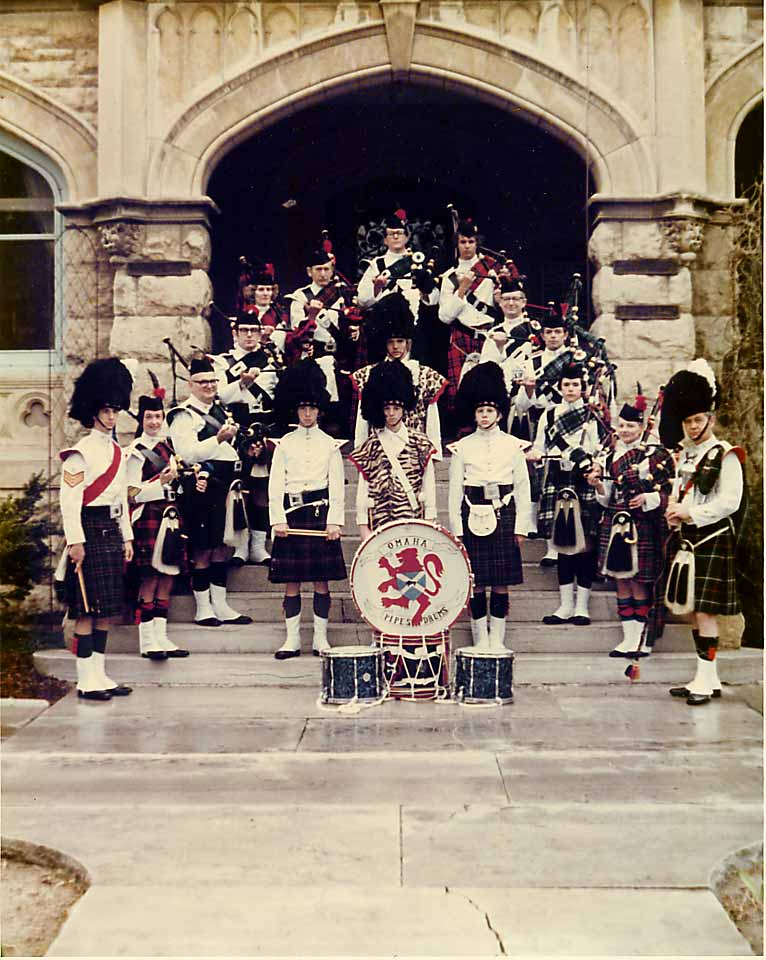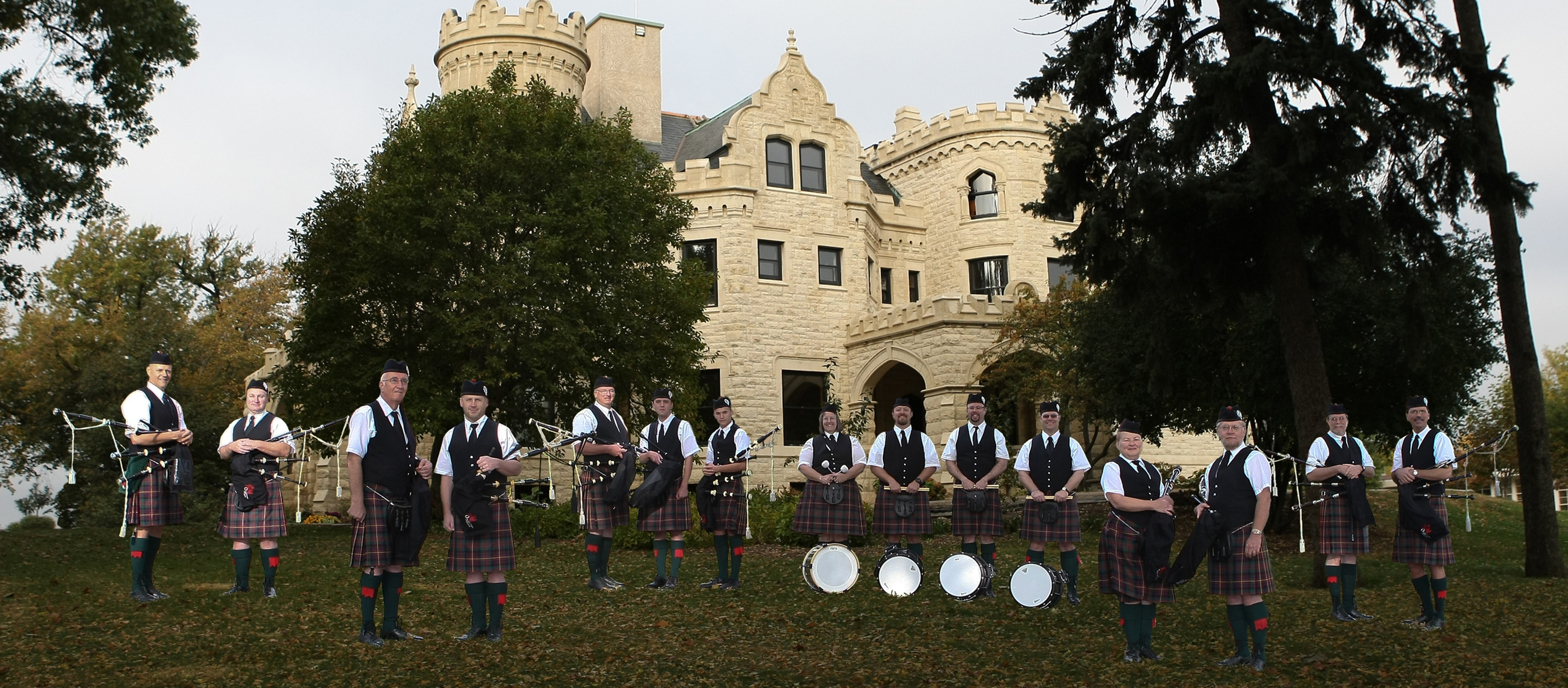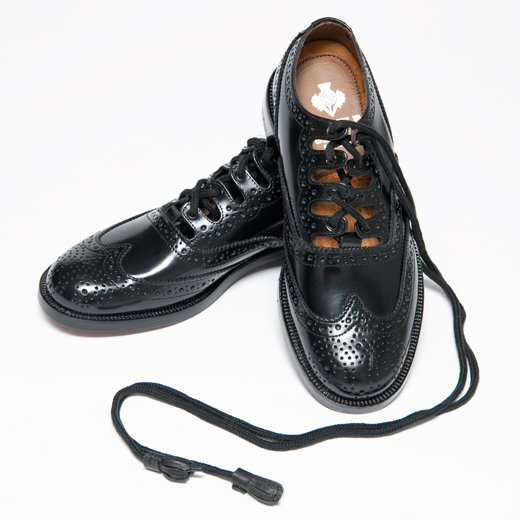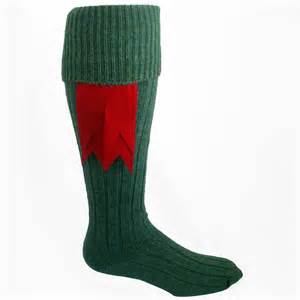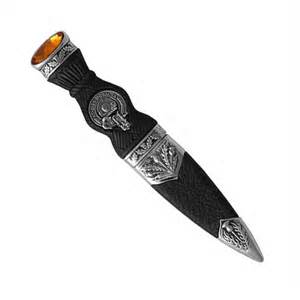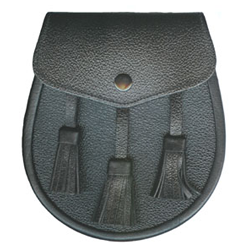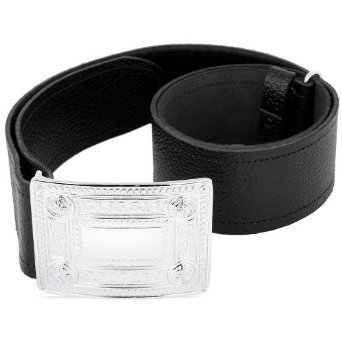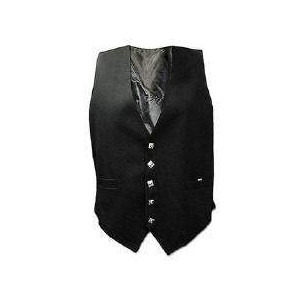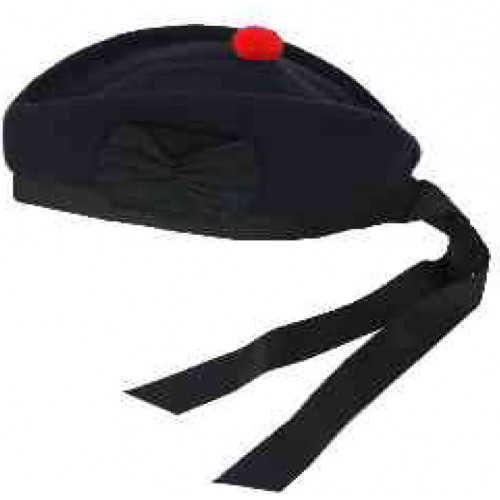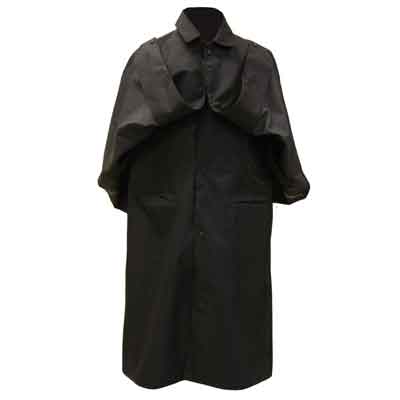|
Each component
of the uniform has its own history and significance.
Starting from the bottom and working up…
Ghillie Brogues,
or Ghillies, are a type of shoe with laces along the instep
and no tongue. Ghillies originated as a shoe that would
drain water and dry quickly due to the lack of a tongue, and
not get stuck in the mud because of their laces above the
ankle. A ghillie or gillie is a man or boy who attends to
someone (originally his employer and/or guests) on a hunting
or fishing expedition. The word "brogue" is derived from
the Scottish Gaelic word bròg meaning "shoe". The plural
("shoes") is "brògan".
The very first type of
Kilt Hose
worn – the
cadadh – were cut and sewn from tartan cloth.
They were not necessarily the same tartan as the kilt – most
often they were a different tartan entirely. In fact, two
tone red and white (or red and black, blue and white, and
other color combinations) were popular. The earliest
portrait of anyone wearing the
cadadh
with a kilt is from the early seventeenth century. The Band
wears two colors of hose (not at the same time); green for
competitions and informal events, and white for formal
events.
The Band wears
contrasting red garter Flashes underneath the folds
of the kilt hose with just a few inches of the tips
showing. These are symbolic of the original flashes that
were wrapped around the leg and tied to keep the hose in
place.
The Sgian Dubh (pronounced "skee(a)n doo") is a
ceremonial dagger. It is worn tucked into the hose with
only the pommel visible. The name comes from the Gaelic
meaning "black knife", where "black" may refer to the usual
color of the handle of the knife. It is also suggested that
"black" means secret, or hidden.
When the sgian
dubh first began to be worn full time in the stocking top,
it is shown in oil paintings of the early to mid 1800's.
The sgian dubh has been banned on a number of occasions in
the USA and even in Scotland. Because of this, the Sgian
Dubh is an option band uniform item.
The Band Kilt
is the Cameron of Erracht tartan in honor of its founder,
Tony Smith, who was a Cameron Cadet
(see An Abbreviated History
of the Kilt).
A Sporran
is a pouch (the word is simply the Scottish Gaelic for
'purse'). Now a decorative part of Highland dress, it was
originally an everyday practical item. Since the traditional
kilt does not have pockets, the sporran serves as a wallet
and container for any other necessary personal items.
Historically, the sporran was used to carry a day's
rations.
The sporran is worn on a chain or Sporran Belt around
the waist, allowing the sporran to lie below the waist.
Belted Plaids were worn as early as the 16th
century. While once worn to hold the Great Kilt closed, the
modern Kilt Belt is primarily an accessory – if a kilt fits
properly, a belt is not needed. The Kilt Belt worn
by the Band is a traditional military style and is not worn
with the waistcoat.
The Waistcoat
(or vest) is one of the few articles of clothing whose
origin historians can date precisely. King Charles II of
England, Scotland and Ireland introduced the waistcoat as a
part of correct dress during the Restoration of the British
monarchy. It was derived from the Persian vests seen by
English visitors to the court of Shah Abbas.
The band wears the waistcoat with both a short- and
long-sleeve White Shirt and Black Tie.
Glengarry - is
a type of cap which Alasdair Ranaldson MacDonell of
Glengarry invented; a boat-shaped cap without a peak made of
thick-milled woolen material with a toorie or bobble
on top and ribbons hanging down behind, capable of being
folded flat. It became part of the uniform of a number of
Scottish regiments, with differences in whether or not the
cap had a diced band around above the brim and in the
colors. The Band wears a black Glengarry with a red toorie
and the Band Cap badge.
The Inverness
Cape has come to be almost universally adopted for rainy
weather by pipe bands the world over, and many other kilt
wearers also find it to be the preferable garment for such
conditions. Unlike most raincoats, the Inverness cape has
no sleeves. Instead, there is a wide cut in the sides to
accommodate the arms. This enables the wearer to access a
sporran without unbuttoning and opening up the cape. The
opening in the side is covered by a short cape, which can be
buttoned in the front. The Band rule is that if one member
of the Band forgets his or her Inverness and it is raining,
the entire Band goes without wearing theirs. |

